Top image courtesy of the US Army.
The US Army was a central component of the US military presence in the Hawaiian Islands before the start of World War II, and a major factor in America’s strategic calculations before the Japanese attack. By 1941, Hawaii had become a crucial piece of the US Army’s defensive network in the Pacific. By the time of the Japanese attack, the Pacific Army had steadily grown to become the largest overseas garrison of US troops. Along with the Panama Canal Zone, the island of O’ahu was the prewar linchpin of continental defense. Something of a natural fortress encircled by reefs and protected by difficult mountain ranges to the north, O’ahu was considered an impenetrable island citadel by the War Department in the months before the Japanese attack.
Hawaii’s importance to the Army was not the result of a great deal of long-term planning, though. Envisioning its responsibilities as limited to the continent, the Army thought little of the islands throughout much of the nineteenth century. When the United States rushed to empire and annexed Hawaii in August 1898, it introduced a new role for the Army: protecting vulnerable overseas possessions.
A small garrison arrived on O’ahu only days later and took up quarters at the new Camp McKinley at the foot of Diamond Head. Throughout much of the nineteenth century, the Army’s principal focus was defending Hawaii against invasion. Up to this point, Army officers viewed it as a land-based force, failing to place the islands into a larger Pacific defense strategic context. In light of Japan’s successes in the Russo-Japanese War of 1904-05, however, Pearl Harbor’s role as a defensive and offensive base of naval operations clearly linked it to the Philippines.
The Japanese threat triggered a flurry of construction projects. Imposing heavy guns and concrete barriers sprang up on O’ahu’s vulnerable southern shore. In 1910, the Army completed the first gun emplacement at Diamond Head. Engineers drained or filled in swampy ground near Fort DeRussy. Up the coast, Fort Kamehameha rose out of a marshy area, built from dredgings taken from Pearl Harbor. As a reflection of the increasing importance of the Pacific to the Army, the Hawaiian Department formed as an independent command in 1913 under direct control of the War Department.
The Army continued an incoherent strategic vision for the Pacific and Hawaii throughout the 1920s and 1930s, however. Planners grappled with questions of resourcing and strategic priorities in the event of war with Japan. The 1921 Washington Naval Treaty prohibited any new defenses west of Hawaii, making Pearl Harbor and the Army defenses on O’ahu increasingly important in any Pacific war. As a result, the Army formed the Hawaiian Division and gave it a defensive mission. The Army and Navy’s 1924 ORANGE plan, a joint campaign plan for war against Japan, made Hawaii the center of America’s Pacific defenses, the outer bastion of a network that ran from Alaska to Panama.
Beginning in 1935, the Army garrison in Hawaii was reinforced considerably in light of the perceived increased threat from Japan. The soldiers, many of them volunteers, belonged to a relatively small and struggling service viewed by much of the country as a refuge for society’s dregs. The interwar Regular Army had considerable responsibilities, but limited means. Along with an isolationist mood, the Great Depression had forced cuts to already meager defense budgets. Characterized by historian Edward Coffman as an army in limbo, the Army effected modernizing reforms but made do with weapons, equipment, and organizations left over from the last war. Basic training occurred when soldiers reported to their unit. Inspections were rigorous, regulations were law, punishment involved strain and sweat, and military custom was sacred.
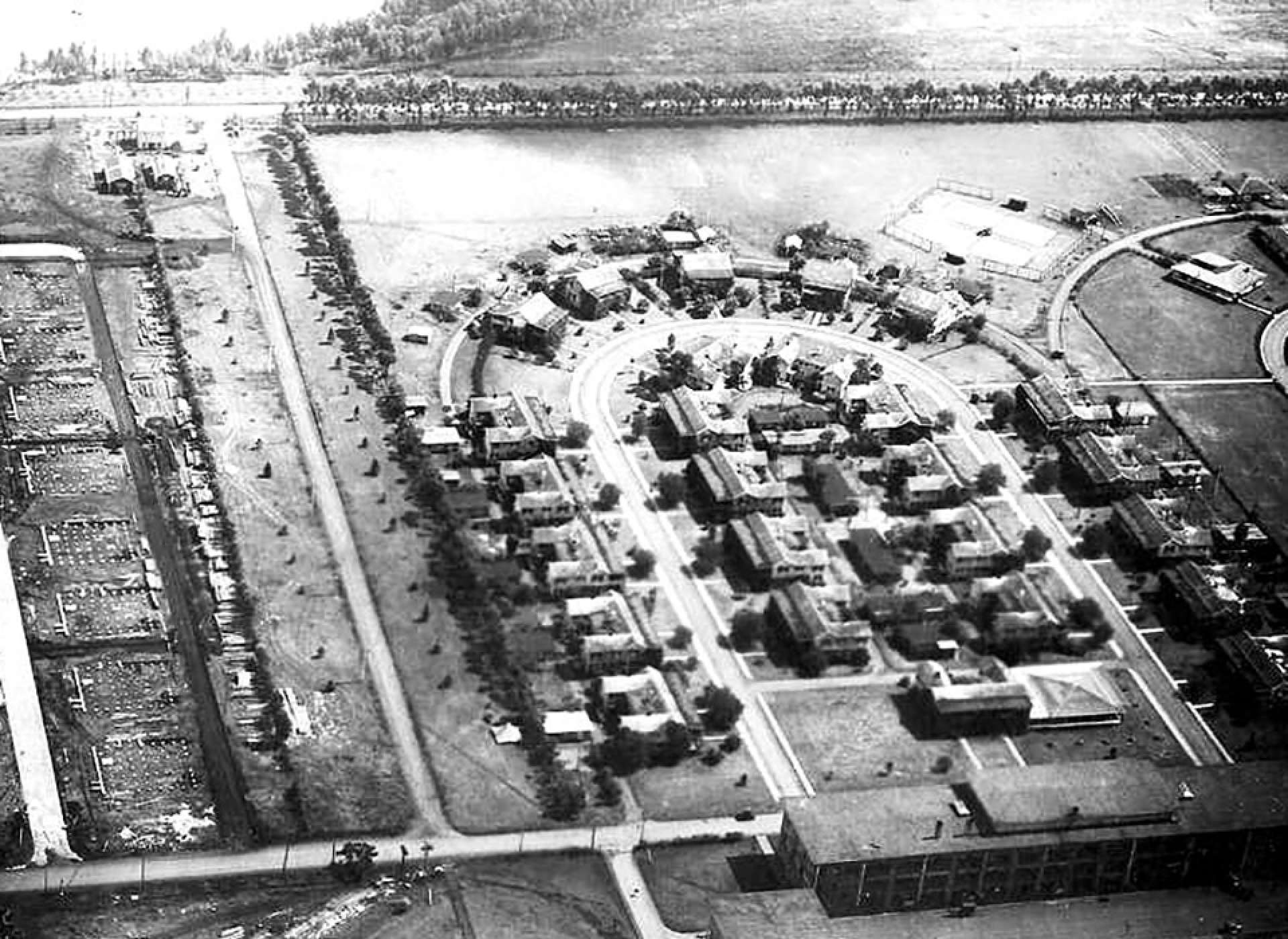
Schofield Barracks in 1920 courtesy of the US Army.
Thousands of miles from home, the Hawaiian Division was part of a distinct professional force. According to historian Brian Linn, the interwar Pacific Army had a discrete social milieu with its own customs and dynamics. Part recruit training facility, tourist getaway, and campground, O’ahu provided a unique lifestyle for the “Pineapple Army.” Sparkling beaches and Honolulu nightlife were irresistible pulls for enlisted men taking advantage of short weekend reprieves from a vigorous training schedule. Officers enjoyed a different social life, including unfathomable privileges to the enlisted ranks. For all the hardships, troops found themselves in an exotic tropical paradise, and they took advantage.
There was reason to believe that the bastion would hold defensively against whatever was thrown at it. Focused on the threats against Pearl Harbor, by 1938 the Army spent twice as much as the Navy on military installations to protect the naval base. The Hawaiian Islands garrison was larger than all other US overseas outposts and the strongest base in the Pacific by the mid-1930s. While the interwar average strength remained steady at 15,000 Army personnel, at the end of 1941 the number on O’ahu jumped to around 25,000.
In October that year, the US Army reorganized the Hawaiian Division, considered a square division with its four infantry regiments, into two new smaller divisional units, the 24th and 25th Infantry Divisions. The new triangular divisions were each augmented with regiments from the Hawaiian National Guard, bringing the divisions up to the three infantry regiments alloted in the Army’s new Table of Organization. In addition, four anti-aircraft artillery regiments, nearly four full coast artillery regiments, and a company of light tanks with supporting troops made up the Army garrison as of December 1941.
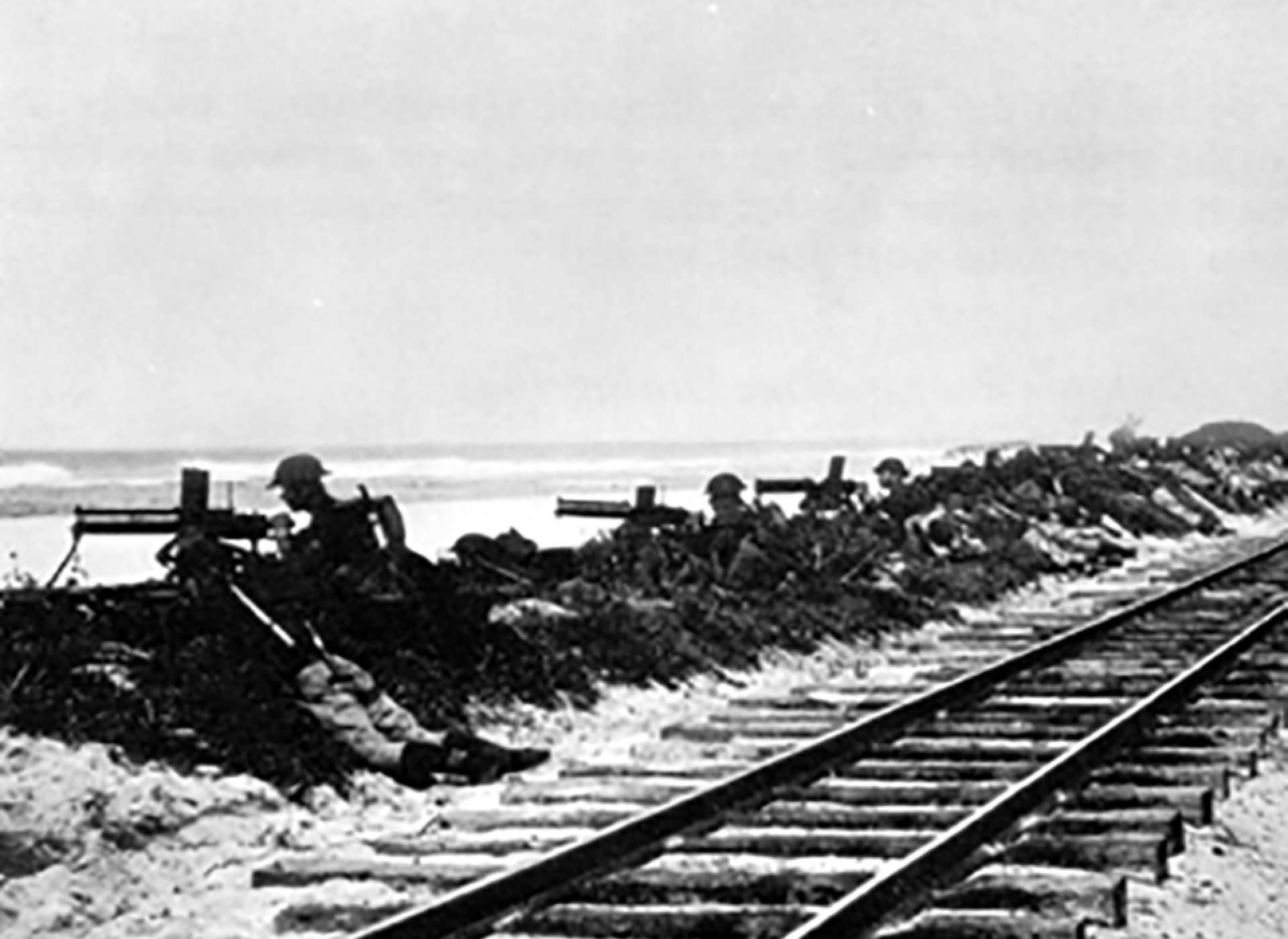
Troops in 1941 train for an amphibious invasion of Hawaii. Image courtesy of the US Army.
While the Army’s ground defenses were adequate on the fortified O’ahu, it was unable to keep pace with rapid advancements in carrier-based aircraft capabilities. Leaders recognized that sea-based air attacks against Hawaii would be difficult to defend against, especially due to omnipresent clouds to the north that could screen a surprise attack. Air defenses grew to defend against the aerial threat. The Army also developed two primary air installations in the interwar. Hickam Field, next to Pearl Harbor, acted as a base for US Army Air Force bombers. About 10 miles inland from Pearl Harbor was Wheeler Field. Next to the immaculately manicured lawns of the Army’s main troop base at Schofield Barracks, Wheeler housed the Army Air Forces’ pursuit and observation aircraft. The Army’s efforts, however, were not sufficient. The Hawaiian Air Force, furthermore, was comprised of an obsolete collection of 234 combat aircraft by late 1941. Only half were operational due to their age or chronic lack of spare parts, and many were more useful for training purposes rather than fighting. Their disposition on December 7 further highlighted their shortcomings.
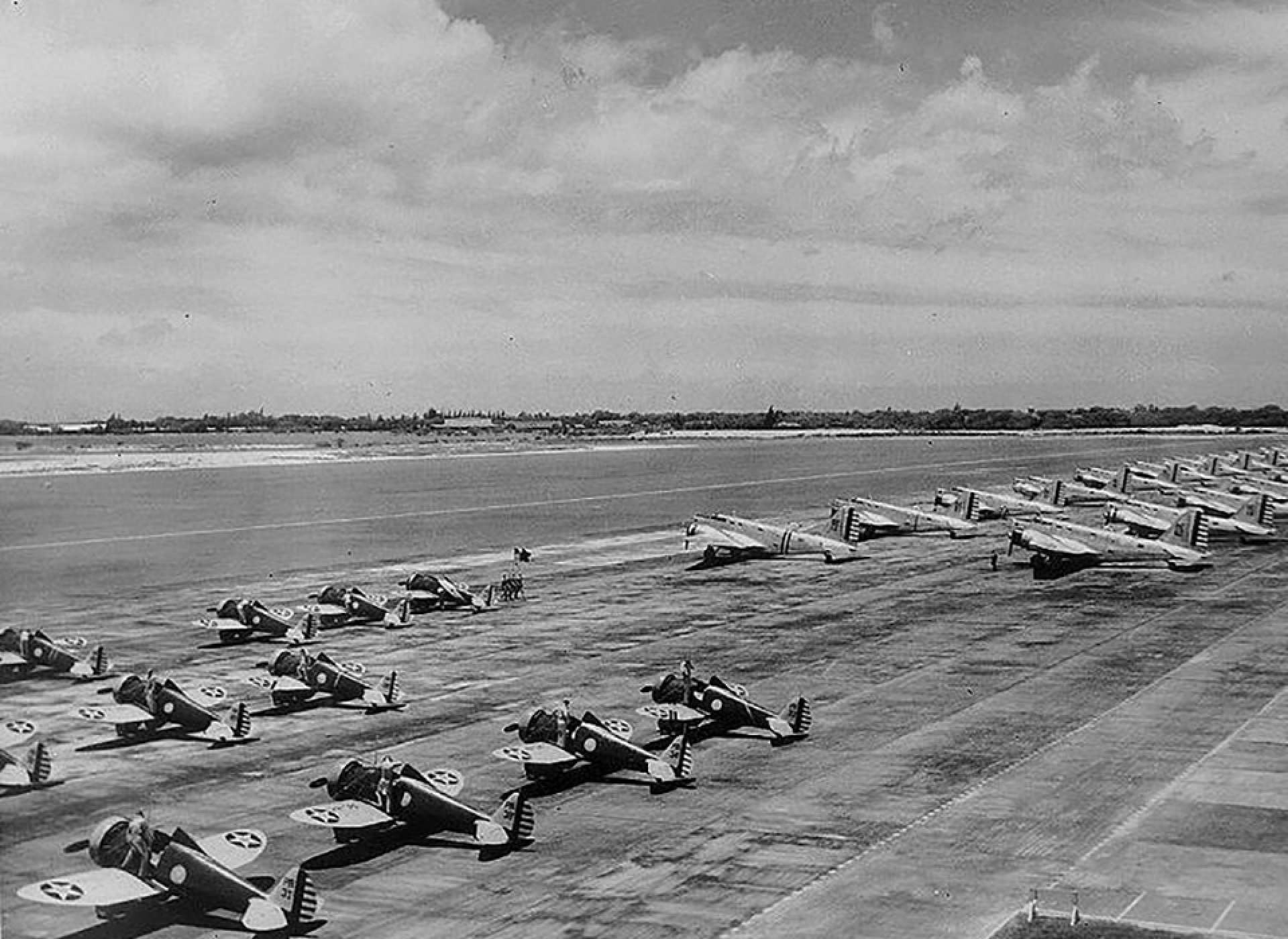
The ramp at Hickam Field in January 1940. Image courtesy of the US Air Force.
Lieutenant General Walter Short, an officer known for his efficiency and ability to train men, took command of the Army in Hawaii in February 1941. Army Chief of Staff George C. Marshall informed him that “the fullest protection for the Fleet is the rather than a major consideration” for the Army. Although US forces were preparing for war, much of Short’s attention was focused inwardly rather than beyond the shores.
Many American commanders, including General Marshall, were convinced a crippling blow would come internally, from sabotage and other subversive activities. Keen not to alarm the civilian population, General Short interpreted late-November War Department messages about the failure of diplomatic talks with Japan as counseling heightened readiness, not a warning of an imminent threat. The defensive posture he chose, therefore, was intended to alert against sabotage and a popular uprising, not an aerial attack. In November, infantry companies from the 24th Infantry Division drew weapons and ammunition and deployed to the beaches to guard against Japanese saboteurs being landed from submarines. By the weekend of December 6, however, the infantry companies turned in their rifles and ammo and returned to their barracks and quarters, the crisis with Japan seemingly averted.
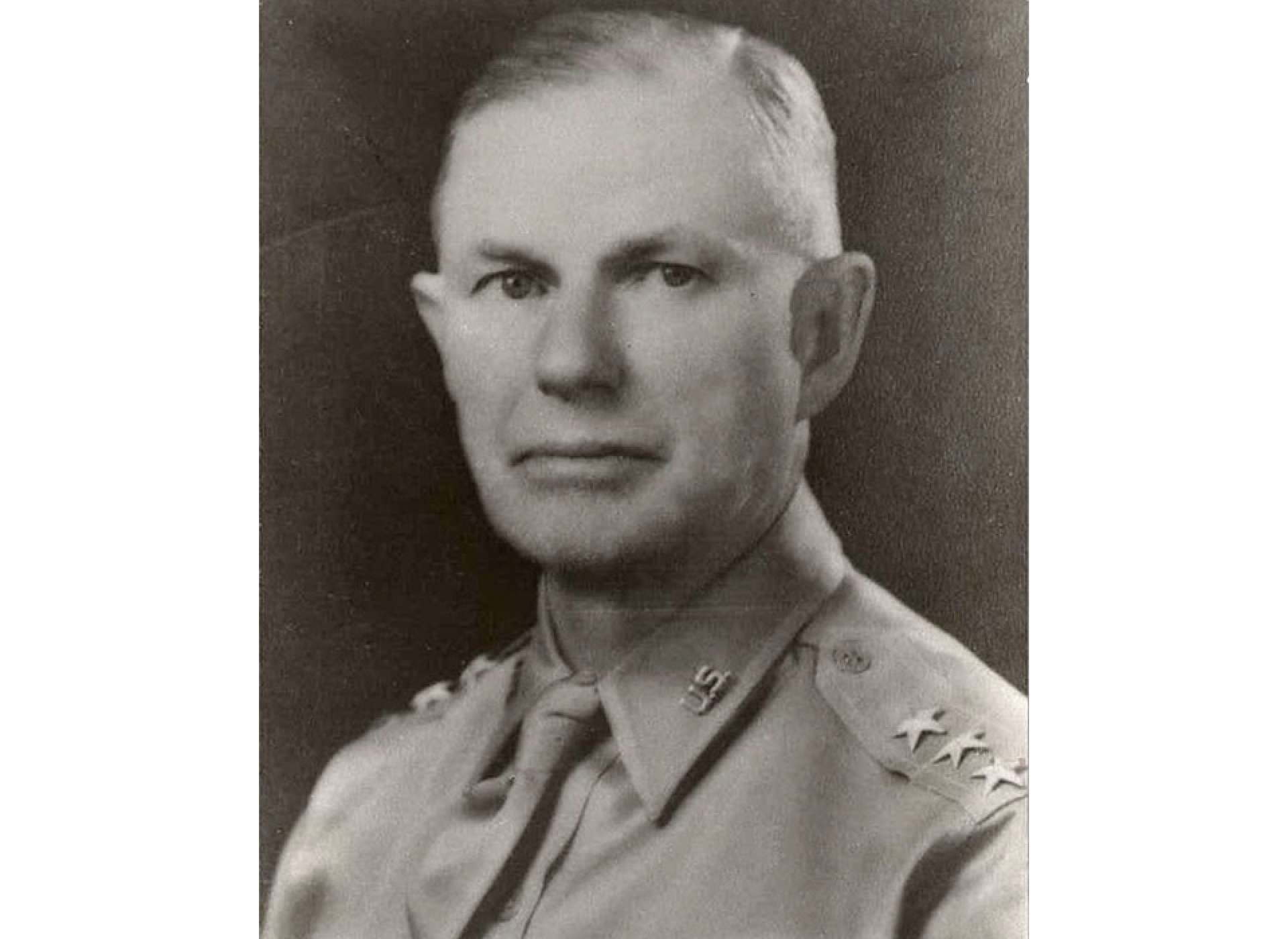
Lieutenant General Walter Short, commander of US Army forces in Hawaii. Image courtesy of the US Army.
As a result, Army troops were not mentally prepared for the Japanese strikes against their installations on O’ahu on December 7. Beginning at 7:55 a.m., the attackers completely destroyed the Hawaiian Air Depot at Hickam Field, crippling aircraft on the ground and reducing many of the hangars and barracks to ash. Dive bombers hit Wheeler Field minutes later, and nearby Schofield Barracks, a target of opportunity rather than one of primary importance. The outcome was similar. The Hawaiian Air Force was an easy target on the ground, having grouped its aircraft closely for easier security against sabotage. While a small number of Army aircraft managed to get airborne, the Japanese attackers made easy work of most of them. With no time to disperse the aircraft, more than two-thirds of Wheeler’s planes lay destroyed or damaged within a matter of minutes.
The beginning of the attack was a shock for Army personnel who anticipated nothing more than a pleasant Sunday morning. The majority were not expecting to find themselves in a war, and their reactions showed. Robert Kinzler, an Army radio operator in the 25th Infantry Division’s 27th Infantry Regiment, awoke from a late night out to the sound of a tremendous explosion. Running outside his barracks, an unfamiliar-looking airplane came into view just above a nearby building and flashed past. Having had no aircraft identification training, he reasoned it must have been a Navy or Marine plane and continued toward the mess hall for breakfast. Others thought the same, believing that camouflaged Marine planes were staging a mock battle. The sound of bugles made clear, though, that this was more than a training exercise. The soldiers hurriedly assembled at Schofield Barracks and received orders to rush toward their pre-assigned battle stations.
Theodore Pavlovich of the 25th Infantry Division’s 35th Infantry Regiment was sitting down to a mess hall breakfast when a bomb exploded at a nearby barracks at Schofield. Initially confused, Japanese aircraft began strafing the base, leaving little doubt about what was happening. Ammunition and weapons were meticulously accounted for during the peace of the interwar, and only Army supply sergeants and officers had keys to access storage lockers. Pavlovich and a few fellow soldiers kicked open the door to the supply room after the sergeant could not be roused from a drunken stupor. Climbing through the attic and making their way to the roof, Pavolich and the others set up a machine gun and fired at the attacking aircraft as they flew past.
Soldiers did the same across the island, collecting pistols, rifles, whatever was at hand, to put up as much resistance as they could in their unprepared and confused state. GIs scrambled to ad hoc fighting positions, harassed by ricocheting bullets, explosions, shattering glass, and flying debris. At Fort Kamehameha, soldiers from a coast artillery regiment set up machine guns on a tennis court and took aim at the swarming aircraft. For the most part, insufficient as they might have been, acts like these were the only effective means of fighting back. Army anti-aircraft batteries were ineffective and accounted for only a handful of enemy kills.
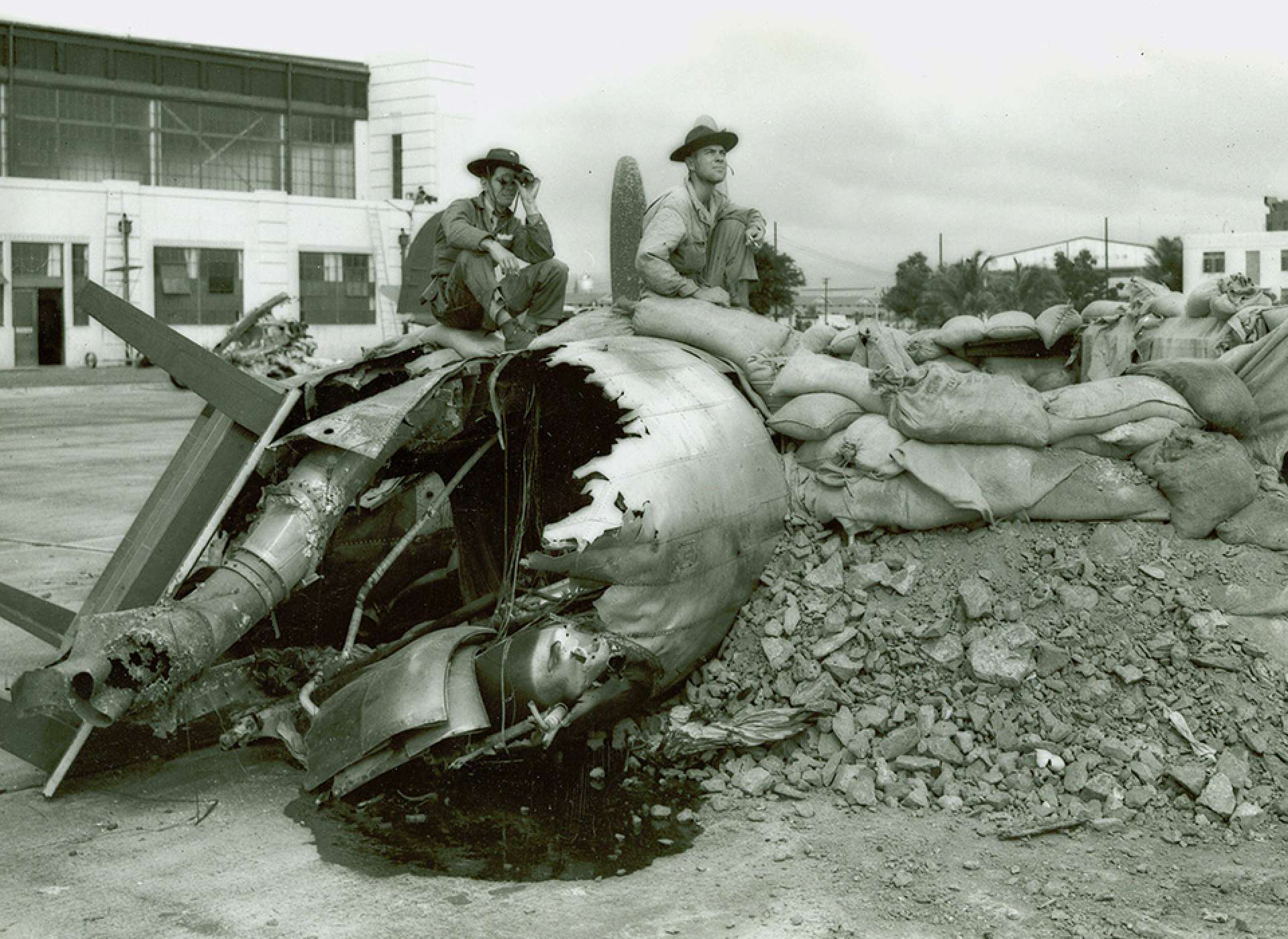
Soldiers keep watch at a makeshift machine gun position. Image courtesy of the US Army.
Tensions were understandably high following the attack. Wary of an impending land invasion, and spurred on by reports that airborne troops were landing on O’ahu, the chaotic situation had not become much clearer by the evening. General Short ordered his forces to prepare for another air attack or a dawn amphibious landing by the Japanese. In retrospect, the outcome seems predictable. Reportedly some troops fired their weapons indiscriminately during the night believing they were under attack. Jumpy nighttime patrols mistook each other for enemy forces. The attack on Pearl Harbor caught the nation’s armed forces largely off guard for the type of attack they faced that day. For the US Army in the Pacific, however, it was the start of a series of stunning blows.
Adam Givens, PhD
Adam Givens is the DPAA Research Partner Fellow at The National WWII Museum and earned his PhD from Ohio University.
Cite this article:
MLA Citation:
APA Citation:
Chicago Style Citation:
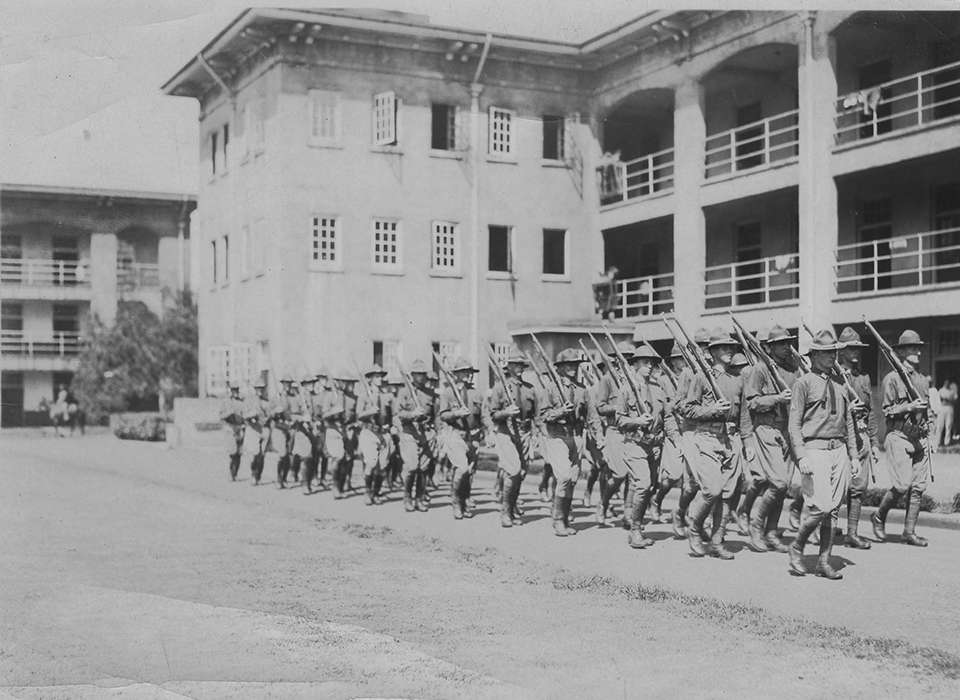
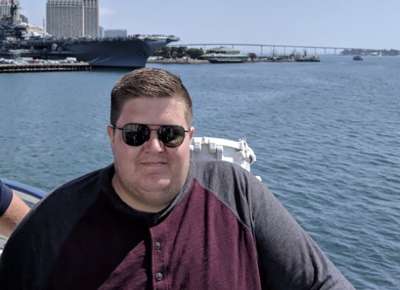




![Max Fuchs, New York City cantor, sings as Rabbi Sydney [sic] Lefkowitz, Richmond, VA, conducts the first Jewish services from Germany.](/sites/default/files/styles/max_650x650/public/2025-10/image1.jpg)


